Photochemical methods for isotopic labeling connect two favorite interests: drug metabolism and photochemistry. Isotope labeled drugs are critical in ADME studies, imaging, and radiolabeled ligand binding studies…


Photochemical methods for isotopic labeling connect two favorite interests: drug metabolism and photochemistry. Isotope labeled drugs are critical in ADME studies, imaging, and radiolabeled ligand binding studies…
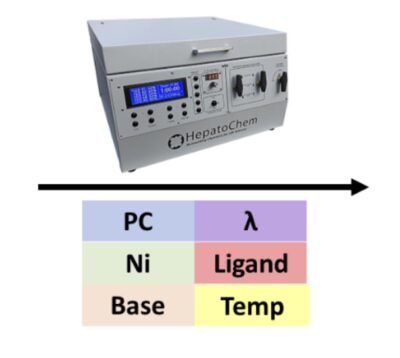
At first we decided to summarize the Ni cross-coupling photocatalysis literature in a short review—But we quickly realized that’s a terrible idea. Instead, we took on the much more enjoyable task and screen this chemistry with the Lucent360.

Designing a custom C-N bond formation screening using the multi-light screener in the Lucent360™ Description With the Lucent360™ you can screen up to 4 four wavelengths independently in one experiment, while also controlling for temperature and...
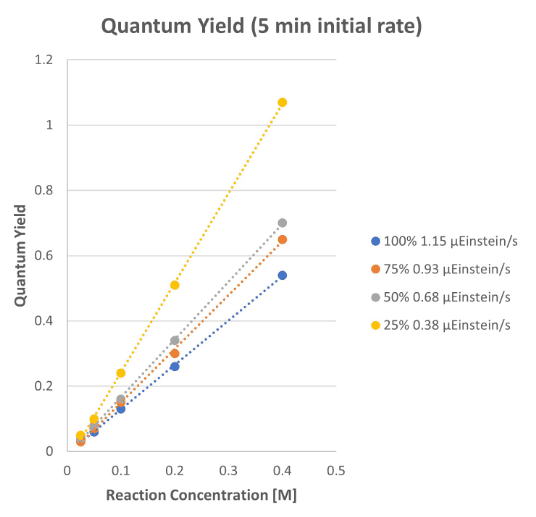
Screening light intensity for a photochemical Arbuzov reaction Description With the Lucent360™ you can perform screening photon flux Intensities with up to 4 four light intensities in one experiment, while also controlling for temperature....

Featuring a project where “hey that’s weird & very wrong” turns into something fantastic: Bold decisions, stubbornness & ingenuity result in a new opportunity.

What if we could shine a blue LED on our 8 billion tons of plastic waste and get back a valuable chemical feedstock? Click to read about the Reisner group’s work looking at tackling this problem.

Seawater: It’s abundant, messy, contains salts, microorganisms, biomass, organic and inorganic pollutants (and microplastics) and might just be a great solvent for generating hydrogen peroxide with visible light photocatalysis

How should we compare commercial photoreactors? Or better yet, how do we discuss the important details of a photochemical reaction?
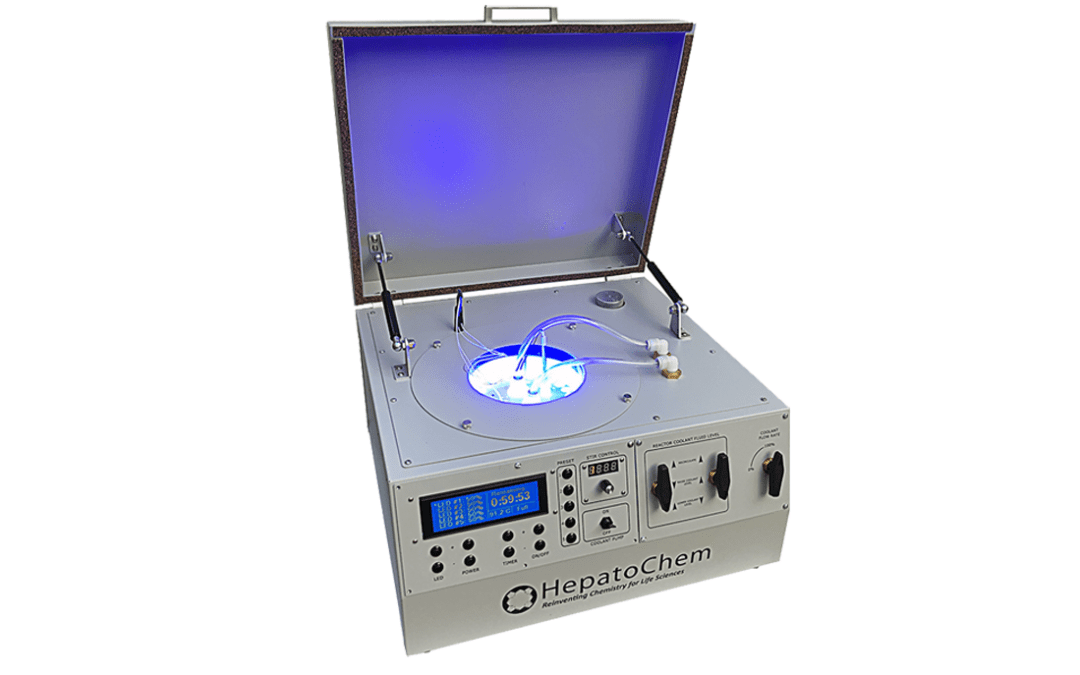
The Lucent360’s flexible design gives you the best options to learn everything you need to know to take your photochemical reactions from screen to scale.
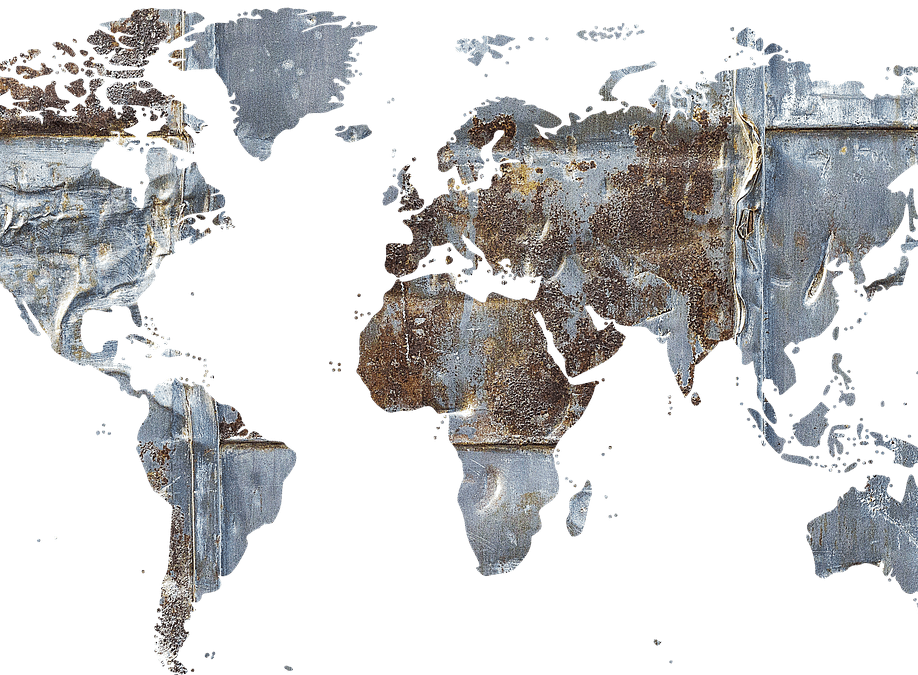
A recurring theme in our recent articles: there isn’t enough iridium or ruthenium in the earth’s crust to do all the photochemistry we’d like to do at scale.
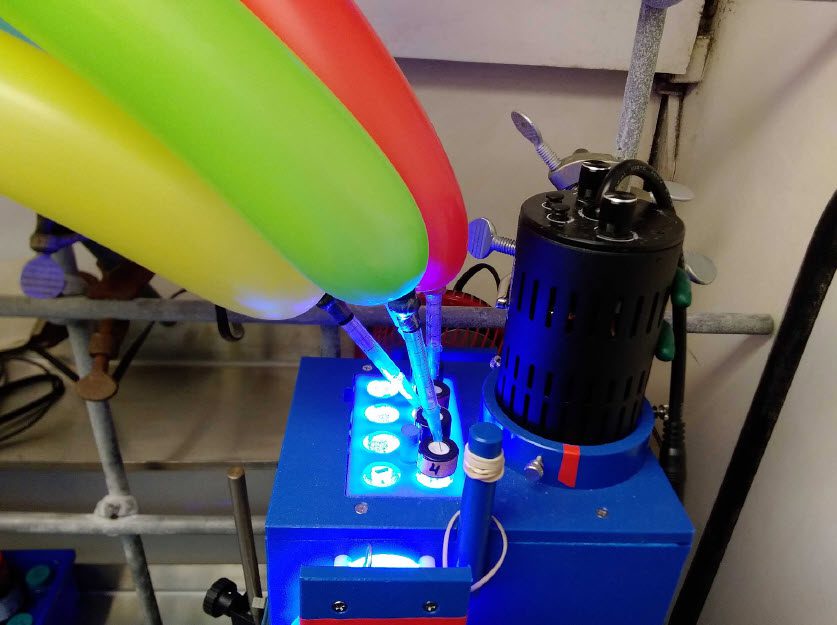
Our review of a recent Wickens paper describing the formation of powerful new photooxidants through a mechanism of multiphoton excitation.